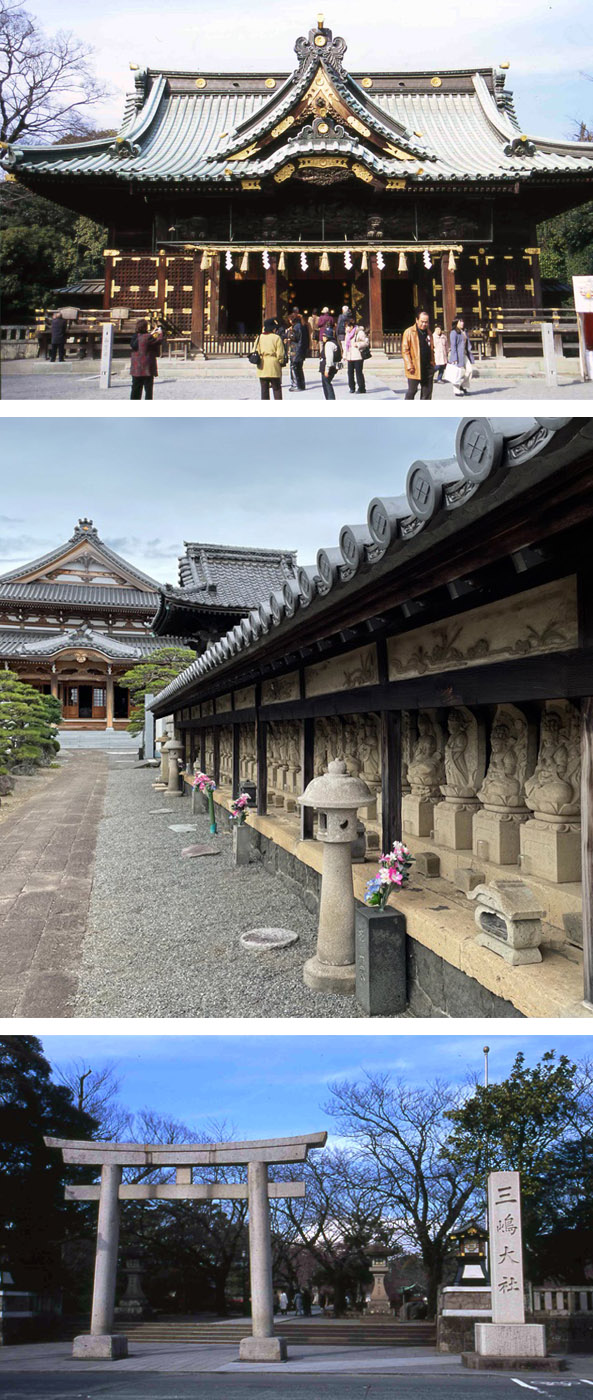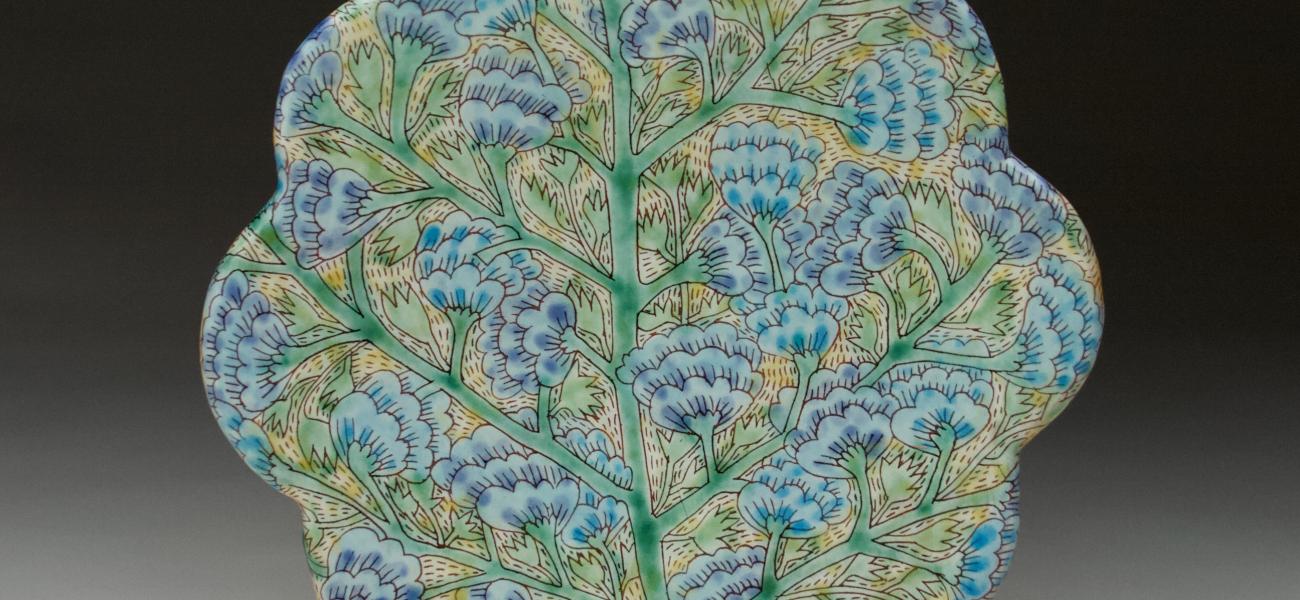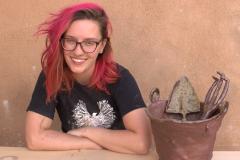What do landscape, a temple, memory, studio practice, and a vessel have in common? They are contained spaces with insides and outsides. They have boundaries – some more fluid than others – that can spill, migrate, and change. Sometimes there is a field guide or supplemental material to help you navigate the unknown and identify local flora and fauna. Sometimes, the path is clearly marked. Other times you have neither a compass nor trail in sight; you meander through unknown lands, pushing forward with blind faith. Whichever way, you can delight in discovery, you can step away from the humdrum of the day-to-day.
 I sat down with Shoko Teruyama to explore her studio practice within the framework of literal and ethereal spaces. We thought of landscape, traditionally defined as "all the visible features of an area of countryside or land, often considered in terms of their aesthetic appeal," then went beyond that to discuss a more transcendental way of defining the space of the studio practice. Shoko thinks of her motifs as coming from a "memory scene," something that is imagined. She continues by describing her surfaces as "not particularly talking about any kind of landscape, more mental, inside my heart, my head. How I grew up."
I sat down with Shoko Teruyama to explore her studio practice within the framework of literal and ethereal spaces. We thought of landscape, traditionally defined as "all the visible features of an area of countryside or land, often considered in terms of their aesthetic appeal," then went beyond that to discuss a more transcendental way of defining the space of the studio practice. Shoko thinks of her motifs as coming from a "memory scene," something that is imagined. She continues by describing her surfaces as "not particularly talking about any kind of landscape, more mental, inside my heart, my head. How I grew up."
Shoko defines her identity as being one hundred percent Japanese and one hundred percent American potter. Growing up in Japan, Shoko frequently visited temples on school field trips. There were often seasonal events connected to those places, and Shoko spent countless hours drawing and painting the temples and shrines on these school excursions. She still visits these shrines when she goes home. Shoko describes entering the Mishima Shrine of her hometown as such:
"There are gates on the main street that enter the shrine. Outside, it is busy, but inside, it is quiet. Everybody talks; we chat; there are a lot of people, but weirdly, it's kind of quiet. Probably because there is a pond and a lot of big trees [to muffle the noise]. Many of the trees you don't touch because they are thirteen-hundred to seven-hundred-year-old trees. You get into sacred spaces, then you walk a little more, and before going into the core section of the shrine, you wash your hands. You cleanse yourself to go in to pay respect. You pass a couple of gates to go into the main area, close to where you pray. There are a lot of wooden and metal panels that are so decorated, a lot of vine patterns, and some animals. When I came to the United States, I separated myself from those familiar places and family. Looking back at those spaces is very important. I am very much interested in going into sacred spaces."


